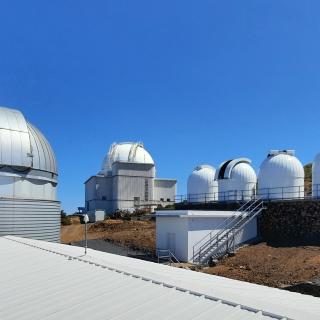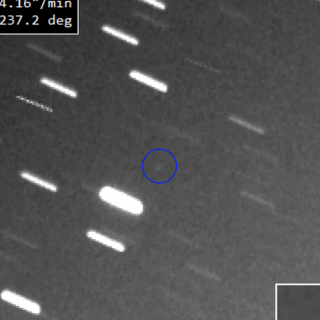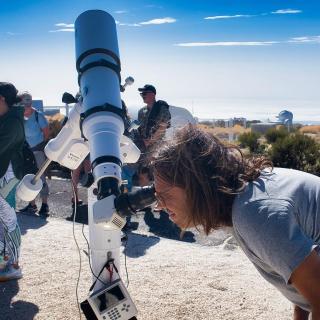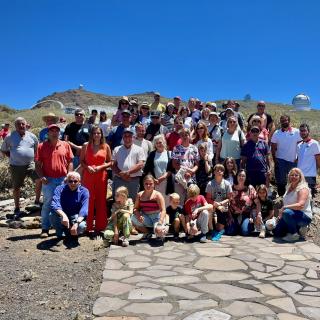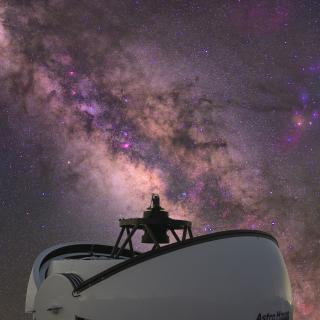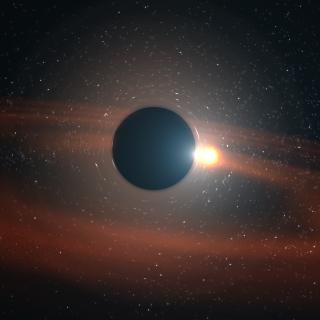
The team led by Claudia Gutiérrez from the ICE-CSIC and IEEC has used the Gran Telescopio Canarias (GTC) and the Nordic Optical Telescope (NOT), at the Roque de Los Muchachos Observatory, of the Instituto de Astrofísica de Canarias (IAC), in La Palma. The CSS161010 burst reached its maximum brightness in just 4 days in a small galaxy 500 million light-years away from us. An international scientific team, led by the Institute of Space Studies of Catalonia (IEEC) and the Institute of Space Sciences (ICE-CSIC), has managed to detect an exceptionally fast and bright cosmic burst in a small
Advertised on
